#shimabara rebellion
Text
The Japanese, the Dutch, and the last invasion plan on Spanish Philippines
[T]he 1637 invasion plans … appears to have been the brainchild of the two current bugyō of Nagasaki, Sakakibara Hida-no-kami Toshishige and Baba Saburōzaemon Motonao, who hoped thereby to curry favour with their superiors. The matter was raised at a meeting held toward the end of September 1637 with François Caron of [the Dutch East India Company] … The bugyō listened respectfully to Caron, then changed the subject to help from the loyal Dutch to destroy the Iberian bases of Manila, Macao, and Keelung. Of these three potential targets, the bugyō believed Manila was the top priority because its status as the source of supply for Catholic priests would be the best bargaining counter to use with their superiors in Edo when the time came to gain official permission to invade.
That was of course essential, but so was an army—and the bugyō were civilan officials, not commanders of samurai. The invading army would have to be supplied either by the shogun or by a daimyō, such as Matsukura Katsuie, acting on the shogun's behalf … The bugyō were, however, astute enough to realise that once again naval power would be a serious weakness, so a guarantee of Dutch naval support would ensure that the army could be transported. It also would reduce the costs of the operation, which was another positive point to place before the shogun.
… Dutch support having been pledged, the matter was placed before the shogun, who agreed that the invasion should go ahead. His decision may have been influenced by the recent arrival of another group of missionaries from Manila under Father Marcello Mastrilli. No mention was made of who would supply the invading army.
Matsukura Katsuie was the obvious candidate, but he soon became involved in a serious development that would sound the death knell for the entire expedition. An uprising on the nearby Amakusa Islands quickly spread to the Matsukura territory of Shimabara. The predominantly Christian rebels barricaded themselves inside Hara Castle, the dilapidated fortress that Matsukura Katsuie's father had replaced with Shimabara Castle. The quelling of what became known as the Shimabara Rebellion soon proved to be beyond the capabilities of Matsukura Katsuie. It sucked in all the military resources of the Tokugawa shogunate for well over a year, and the Dutch naval support promised so loyally for the Philippines expedition was used instead for a reluctant and largely ineffective bombardment of the rebel castle. There was no spare military capacity for an invasion of the Philippines, and even less of a stomach for one.
… The shock caused by the Shimabara Rebellion then brought about the worst fears for the remaining Portuguese in Japan: the shogun decided they should follow the Jesuits in being deported. With the Sakoku Edict of 1639, all contact was cut off from Catholic Europe, and even the loyal Dutch were confined to the artificial island of Deshima in Nagasaki Bay.
Excerpt from Wars and Rumors of Wars: Japanese Plans to Invade the Philippines, 1593–637 by Stephen Turnbull, published in 2016
#japan#philippines#tokugawa shogunate#shimabara rebellion#asian history#military history#history#spanish colonialism#x#luzon
6 notes
·
View notes
Text
山本タカト《天草四郎時貞、島原之乱合戦之図》

天草四郎(.Amakusa "Francisco" Shirō.)天草 四郎/益田時貞(あまくさ しろう/ ますだときさだ) 元和7年〈1621年〉? - 寛永15年2月28日〈1638年4月12日〉)



*4月12日。1638 .(寛永15年2月28日) - 島原・原城が落城し島原の乱が終結
2 notes
·
View notes
Text
this man

is in his twenties
#not referred to in-game but yknow. game takes place in 1651. shimabara rebellion in 1638. and he was probably around 10-12 yrs old.#fsr posting#chiemon#fate samurai remnant
169 notes
·
View notes
Text
oh so samurai remnant was Made For Me made for me, huh?
2 notes
·
View notes
Text
That previous TM post reminded me of something.
What really tells me the Koei Tecmo writers did their homework with Type-Moon is how Fate/Samurai Remnant slightly changes the TM theme of decay to portray that Iori has something wrong with him.
A common trope that Nasu likes to weave into his stories is how the people living today are living in the past's skeletons. Unlike a lot of media that tends to portray the past as some grandiose and magical time that met an untimely end from disaster, the past wasn't always great, it was just... Large.
A theme of slow decay permeates a lot of Nasu's works. Once, the Nanaya, the Ryougi, the Asakami, and the Fujou were fearsome, powerful clans of oni hunters, but over time they all fell to ruin slowly, with only the Nanaya really having a singular incident that can be pointed to for their fall. The Tohno were (and still are) an incredibly wealthy and influential family of oni in the guise of businessmen, but one cruel act out of line after another, and there's just an enormous, empty mansion containing a single Tohno, the family dead or scattered. Mahoyo's longest chapter takes place in a lavish, abandoned amusement park, filled with everything from a multistory house of mirrors to a giant rollercoaster where everything still works, but couldn't survive more than a few years, a foolish waste of a fortune. Kara No Kyoukai is about a rich girl that grows increasingly distant from her wealthy noble family until she leaves them to live in a completely empty apartment instead, the flashbacks to the Ryougi family showing no warmth or nostalgia despite the luxury.
Even Fate, the series all about digging up ghosts of the past and showing you how kickass these guys are, always goes into how heroic spirits are often filled with regret, having led bloody and tragic lives that caused them so much pain and yet meant that they would be remembered forever—literally removing them from the cycle of death and reincarnation to be put into another one where they are reborn and killed on a mage's whims.
The past was grand, wealthy, larger than life, and it rotted from the inside out and failed the people living today, who have to build new, simpler lives from the pieces, but might be happier that way.
FSR does something similar, though with an important difference. Just like in other TM works the past in FSR is larger than life, being the Sengoku period and the Shimabara rebellion, with both the incredibly cool sword saints and horrific massacres, but the people living today (1651) could not be happier about living in a peaceful, much more insignificant time and have no interest in what they left behind whatsoever. They're not living in the decaying remains of the past, they've rebuilt on top of it completely. You would have to be insane to look back even out of curiosity, because that would be staring into unimaginable bloodshed.
Nowhere is this better illustrated than Nasu himself talking about how the name "Miyamoto Musashi" is seen today, compared to in 1651 after Musashi had just died.
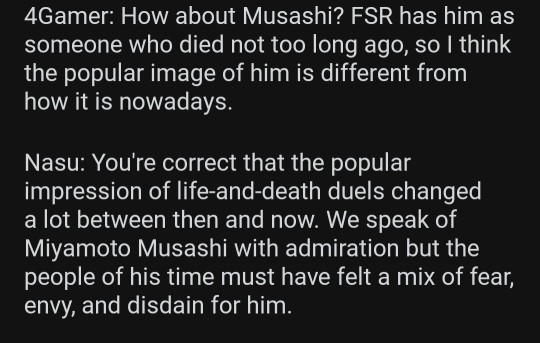
A sword-saint now, a legend, and at 60 duels with 60 wins probably the most skilled duelist to have ever lived, but for his contemporaries, he was a terrifying man that killed dozens to prove his martial skill. Nobody in Miyamoto Iori's time remembers him for being Musashi's son the way we do.
But Iori, Iori looks back. The first hint was that servants always have some connection to the master, and there's seemingly nothing in common with the king and god-slayer Saber and the humble Iori. The next was Saber's reaction seeing Iori's seemingly fearless behavior towards an enemy that could kill him in one blow (something you don't even need New Game+ to see btw, I haven't played NG+ myself lol), it was recognition.
There's a reason why Iori's main rival is Chiemon, a character whose only defining trait is being unable to let go of the bloodshed he experienced in the Shimabara Rebellion.
In FSR more than in any other Type-Moon title, the past is buried deep to the point where it can barely be seen, and yet inside Iori is the desire to dig it up. Study it. Surpass it. Find his father resurrected in his prime and kill him (her) again, to prove he would have been an even more terrifying monster than she ever was, had he been born just a little earlier.
There's something wrong with him.
337 notes
·
View notes
Text



Chiemon and Jeanne d'Arc Alter (Lancer) in Fate/Samurai Remnant. Illustrated by Rei Wataru.
Chiemon is a survivor of the Shimabara Rebellion which was led by Amakusa Shirou.
495 notes
·
View notes
Text
In F/SR, Chiemon was the victim of the Shimabara Rebellion, his family and his village all died because They were christians
He doesn't ever stop being religious, he still prays to God, even if he has given up everything else
He has no hopes of going to Heaven, so what he wants is to see that Hell he lived again
Because that's what he believes that he deserves
And yet, at the end of the day, the only thing Chiemon wants was to be saved (from the DLC 1, Lancer's Team ending, he prays at (possibly) his mother's grave)
But he can't allow himself that because he doesn't even believe he should have survived at all
Why only him
His mother, his father, all of them killed
And he was the only one who survived
Left in that hell
And then you have Lancer
He prayed her summoning, he started the chant as a prayer
Jeanne, who gave her life to save everyone
Who was fine with being killed because she had saved her country
They are opposites and they are one and the same
#do NOT tag as ship AT ALL or i kill you#they go to church together btw#chiemon doesnt want to but jeanne is like “i'll buy ice cream” she doesnt havey money and chiemon doesnt care for ice cream#he still accepts because his 19 year old older sister|mom (he is on his 20s) looks very sad and while he wont admit it#he cares a little#Just a little#like literally. he cares so little.#he mainly wants her to die#which is hilarious to me#he really doesnt like her#but he wants to be saved#and if he let her#she would#saving is what she does best#she'll pray away your depression chiemon. just trust#she can do it#if he had summoned JAlter (the avenger. lancer isnt jalter. shes just jeanne)#FSR wouldve been WAYYY different#17 more bad endings#unlocked#i love characters who are religious and sad
35 notes
·
View notes
Text
Just found out Musashi participated in quelling the Shimabara Rebellion, and that's why Chiemon has such a hate-boner for Iori.
Like yeah, no wonder he sees right through Iori's mask...
64 notes
·
View notes
Text
Speculation about Mizu's parents pt. 5
I know. I'm sorry this is long, but I promise to get through it soon.
So Mizu's father. I think he was the Japanese, and not only that, but he was probably someone important. Remember, the bounty on Mizu was implied to be so high that little can resist it, and the way that Fowler refers to Mizu as "Little Miss" if you turn on the subtitles on Netflix both first letters of the term are capitalized, like it's an important title.
I want to talk about episode 3 now, specifically when we see Mizu as a baby
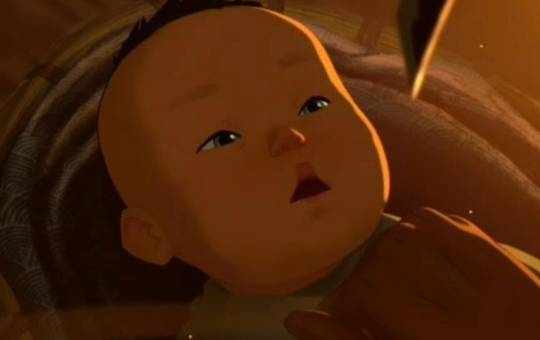

Remember the two men who were tasked to kill Mizu as a baby, but one of them stopped the other from doing so. Well, if you look for the IMDb page for this episode, it lists the two voice actors for the two men:

You know who else they voice?

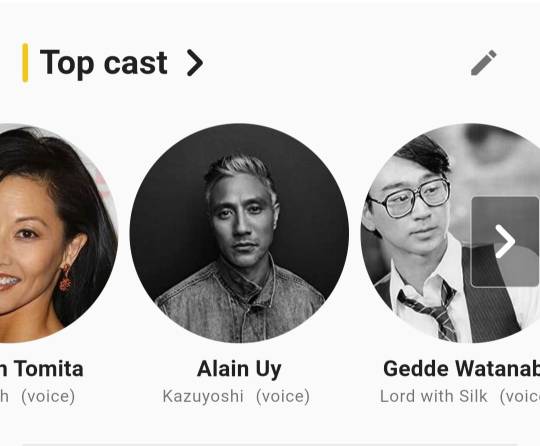
The Shogun's sons
Now, I don't think the two men in the beginning are actually the Shogun's sons, but they could be the late Shogun's relatives, maybe even his brothers trying to get of evidence that the Shogun broke his own rules, because I do think the late Shogun was Mizu's father.
Also, keep in mind that there's most likely going to be more historical events referenced in the show in the future. Considering the show takes place in 1657, and Fowler stated that they arrived 20 years prior to that date, and Mizu is canonically 19 years old, meaning she was born around 1637-1638 around the same time the Shimabara Rebellion was going against the Shogunate. Needless to say, it was probably a pretty stressful time for the Shogun as he most likely sent forces to subdue the rebellion and had to hide the fact that he had a mixed-raced child.
I assume the four white men, along with the two men shown in the beginning of episode 3, were sent to kill Mizu as a baby, hence why the fire broke out, connecting to what Fowler said "don't you want to know which one tried to burn you as a baby?"
The four white men could have also been sent to prove their loyalty as historically it is speculated that the Shimabara Rebellion was fueled by Portuguese traders due to the affiliation with catholism. After the rebellion was defeated, the Portugal, one of the two European countries legally allowed to trade with Japan during the isolation period, was barred from trading. The only other European country that was also legally allowed to trade with Japan was the Netherlands, which was the allowed to still trade from then and there because they helped the Shogunate subdue the rebellion, and agreed to the trading conditions.
I also want to point out that in episode 8, when Fowler meets with the Shogun's sons, he states that he helped the Shogun become the second richest man in the world, which is quite the statement. This means that the Shogun and even his family would have enough money to set out a very high bounty if they wanted to, especially to hide their shame.
Who more than anyone would want to hide the Shogun's shame?
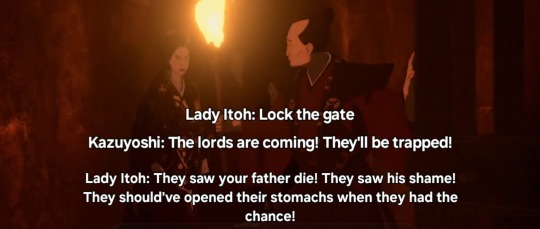
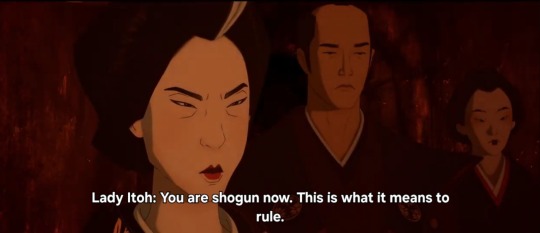

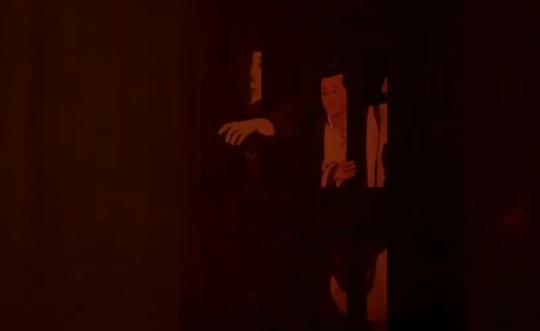
Now, it could be possible that Mizu's mother could have had an affair with the Shogun, but I'll present a more interesting idea that may be a bit more far-fetched, but maybe not too far-fetched. I think that maybe the Shogun, Lady Itoh, and Mizu's mother may have all possibly been in a relationship together, which wouldn't be too out of the ordinary for the time, and would point to the potential love triangle that's be hinted at by the people behind the show, but take this part with a grain of salt.
Maybe Mizu's mother was involved in a relationship with the Shogun and Lady Itoh, and it only became a problem because her mother accidentally got pregnant with her and probably refused to give her up.
Mizu's mother probably had to make a choice like the Bride from Kill Bill did

And she most likely chose Mizu, and as stated before, Mizu could be seen as evidence that the Shogun broke his own rules, his shame, and that would not do.
Part 1/Part 2/Part 3/Part 4/Part 5/Part 6
36 notes
·
View notes
Text
The TOP 3 results of this poll will move on to the final round of Summoning Polls!
RULER:
The Heroic Spirits of Arbitration… While warriors rather than arbitrators in this war, they often possess a level head and a keen ability to read situations, making them capable in a variety of different situations.
25 notes
·
View notes
Photo

Christ's Samurai: The True Story of the Shimabara Rebellion
The plight of 16-year-old Jerome Amakusa, the supposed leader of the rebellion, and the rebels who accompanied him are at once instantly recognisable to contemporary readers, and yet they were alien, by design, to the populace of Edo Period Japan. The propagandistic machinations of the Tokugawa shogunate tell of a rebellion borne of a dogged devotion to a doomsday cult instead of what we now know it to be: the result of religious persecution, over-taxation, and famine. Numbering in the tens of thousands, the sheer size of the agitation surprised the shogunate, who devoted over 100,000 men to quell the fires of rebellion after receiving news that the mostly peasant force had almost captured several castles in the area. On the run, the rebels made their final stand in Hara Castle, a shabbily patched-together fortification that would see the last large-scale battle in Japan for over 200 years.
Continue reading...
39 notes
·
View notes
Note
Do you think the Japanese Christians involved in that rebellion were planning on selling Japan out to the missionaries or...?
this question's kind of predicated on it being possible for the rebellion to succeed. it would not have come to pass even if the rebels had fended off the tokugawa shogunate's assault on hara-jou because of their backing by the dutch east india company
that being said, I think "selling out" is a bit of a harsh way to frame it even if it's kind of true. the shimabara rebellion almost certainly would have pushed back against suppression of christianity (even if just by virtue of demographic alone) and if you take the shogunate's word at face value -- which you shouldn't -- they were supposedly backed by the portuguese
in a theoretical timeline where the shimabara rebellion succeeded, I don't know if japan would have become less xenophobic (complicated question), but it's fair to say that it would probably have become a more christian nation overall (whether or not that would last is anyone's guess)
23 notes
·
View notes
Text
HOLY GOD
LOOK WHAT I FOUND IN MY GOOGLE DOCS (tw religion)
IT'S CATHOLIC WE DIDN'T START THE FIRE
(starting from 30s-300s, progresses as we move on)
Jesus Christ, Christmas Day, Theodosius, Catholicism here to stay
Jerome’s bible, Council of Trent, and Leo is the pope
Rome is sacked, Temples attacked, Emperor, religion
Old testament, New Testament, Monasteries are a-go
Pope John, Pandecks, Belisarius, what’s next
Pope Gregory, makes a chant, freeing slaves (hooray)
Then the Pope sends Augustine, England he has to clean
Turn it Catholic, then get out, CATHOLICISM, goodbye
We didn’t start the fire
It was always burning since the world’s been turning
We didn’t start the fire
No, we didn’t light it but we tried to fight it
Boniface, Lindsifarne, Holy Roman Emperors
Missionaries, Assisi, Franciscan monks
Catherine of Siena, Antipope, Joan of Arc turned into smoke
Now she’s a martyr, makes me sick, Jan Hus is a heretic
Pope Pius, no slave trade, wanna go on a crusade? (no)
Michelangelo is painting on the walls
Martin Luther, indulgences, writes the 95 Theses
Nail ‘em down, hope it works, Schism in the Catholic Church!
We didn’t start the fire
It was always burning since the world’s been turning
We didn’t start the fire
No, we didn’t light it but we tried to fight it
King Henry VIII, shocks all the nation, tries to get a divorce, now excommunication
Head of the church, so he’ll search, for another wife
Seems that he’s through and- what’s his daughter doin’
Burning people, Catholic Church steeple, heretics galore
Our Lady of Guidance, England shows defiance
Papal bulls, prisoners, Church of Manila
Missionary, in China, Philip launched an Armada
1600, the Pope has a nice cup of coffee
Shimabara rebellion, diocese is Canadian
Requiem, anti-clericalism, Joseph Haydn composin’
Pope Pius VI, imprisoned, hey
What else do I have to say!
We didn’t start the fire
It was always burning since the world’s been turning
We didn’t start the fire
No, we didn’t light it but we tried to fight it
18 notes
·
View notes
Note
Favorite movie of the 80s?
holy shit you're a real tumblr-type individual and not some weird bot situation HI I hope people are telling you about some cool movies. unfortunately I'm a Movies Idiot. everything I know about movies I learned from my wife. to find out what movies from the 80s I have even seen I had to go enter Really Stupid Search Terms into the internet and then also ask her. I have returned with 2 facts:
robocop and the lost boys came out in the same year apparently? big win for 1987
makai tenshō 魔界転生 samurai reincarnation was 81. that's my pick. that movie rocks.
from wikipedia:
Following the Shimabara Rebellion, Christian rebellion leader Amakusa Shiro is resurrected, and renounces his God for abandoning him and thousands of Christians to be massacred by the Tokugawa regime, swearing vengeance.
Gaining the power to resurrect the dead, he tempts, resurrects and recruits the betrayed samurai wife Hosokawa Gracia, unfulfilled legendary swordsman Miyamoto Musashi, and Buddhist monk Hozoin Inshun, who represses his sadistic desires, to join his cause as regret-filled demons.
And they wreck shop for like 2 entire hours and there's SO MUCH burning building at the end it OWNNNS SO HARD. MAKAI TENSHŌ.
#recently we found out my mom had not seen robocop so we made her watch robocop and that was also awesome#she's such a weirdo she has seen the same 15 oldass movies like a hundred times and told me a story about going to see#eraserhead with my dad's brother when it was in theaters her taste is so. something. anyway she got really emotionally invested#in robocop which was fantastic. halfway thru she was like 'if you're showing me a movie where the robocop dies I'm going to be so upset'#she said it like that. she said 'the robocop'. mom.... never change.
10 notes
·
View notes
Text
Thinking over Jalter's appearance in the Samurai Remnant trailer.
The game is set in 1651. Jeanne herself was not canonized until 1920, after having been a folk saint for a few centuries.
Coupled with the Shimabara Rebellion only being 13 years before the game- her Master being a survivor of the rebellion too- and Shakespeare's infamous depictions of Jeanne within his plays, it raises another possibility.
What if Lancer in Samurai Remnant isn't Jalter, but Jeanne herself afflicted with Innocent Monster?
Rather than a Saint, she has been summoned as a Witch.
#fate#fgo#fate grand order#jeanne d'arc#fate/samurai remnant#if this is the case it could end up being really cool
35 notes
·
View notes
Text
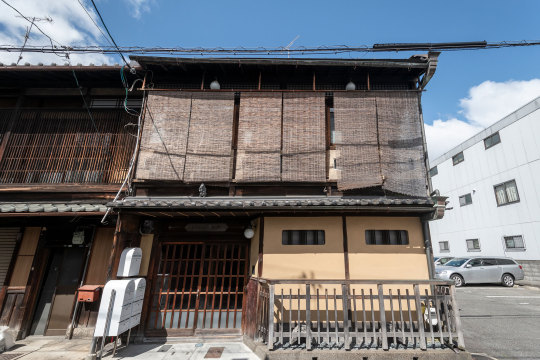

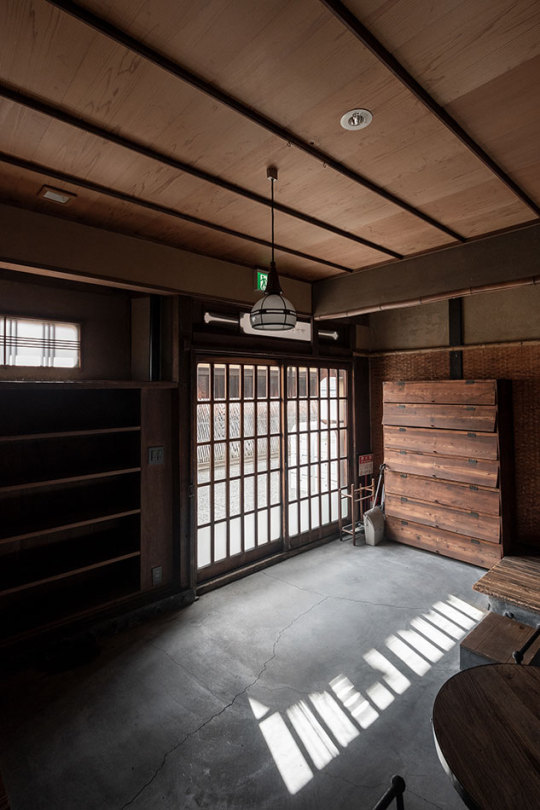
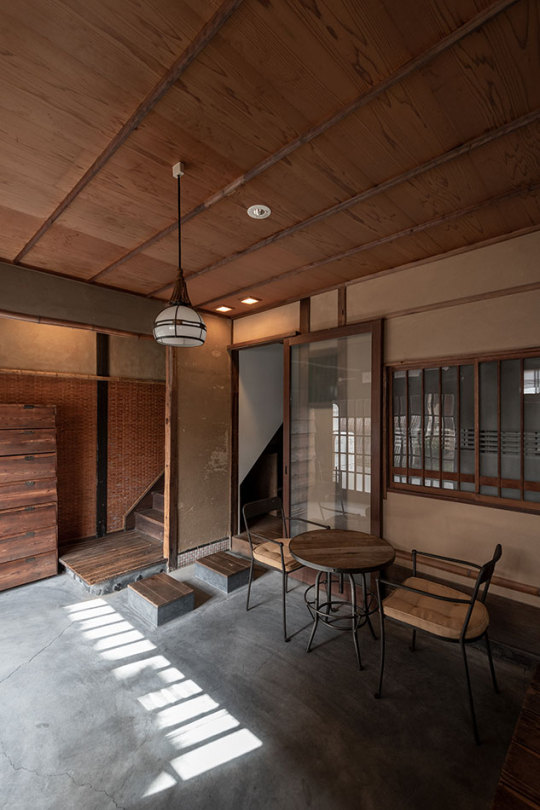

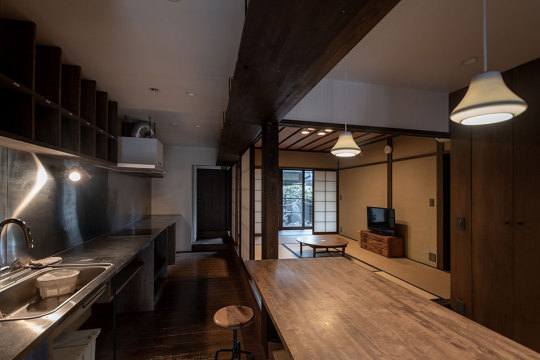

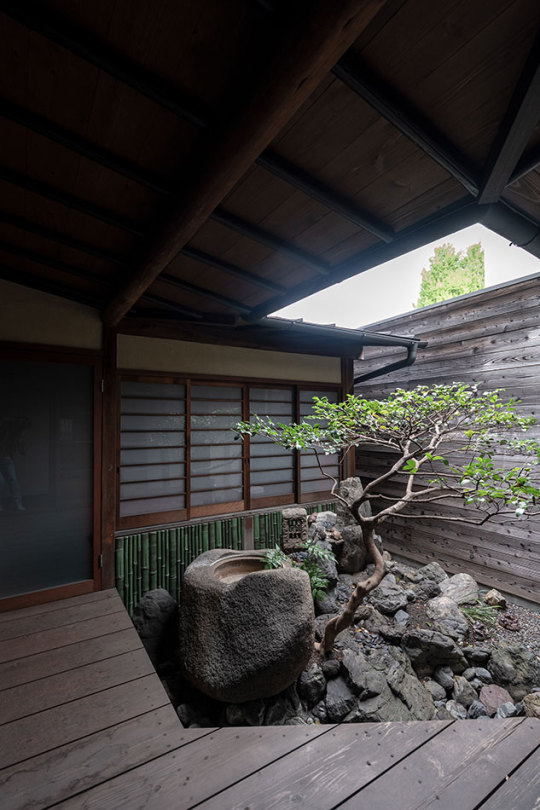
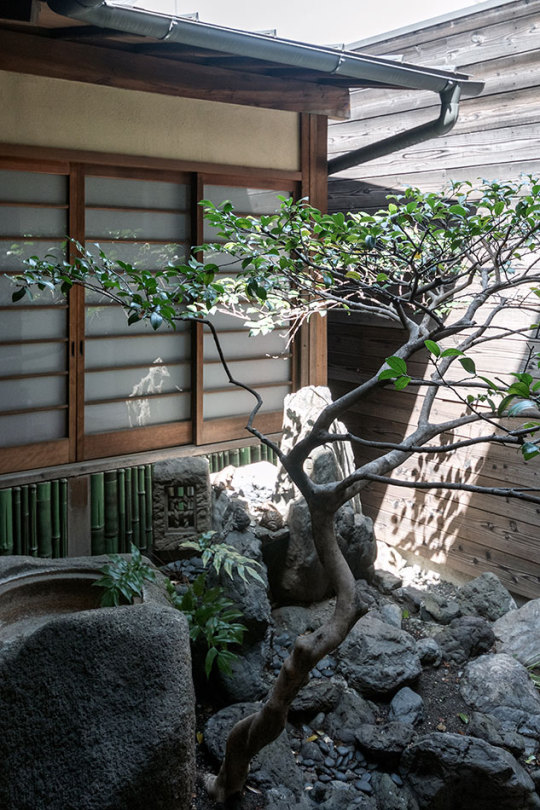
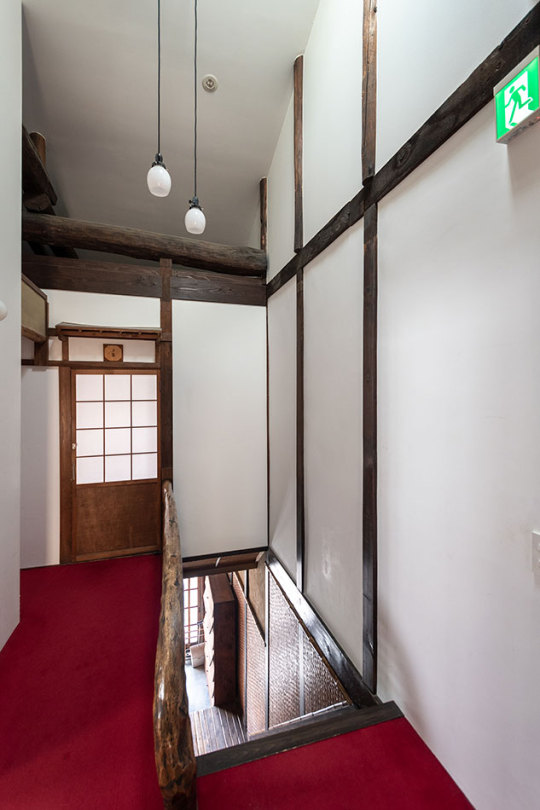
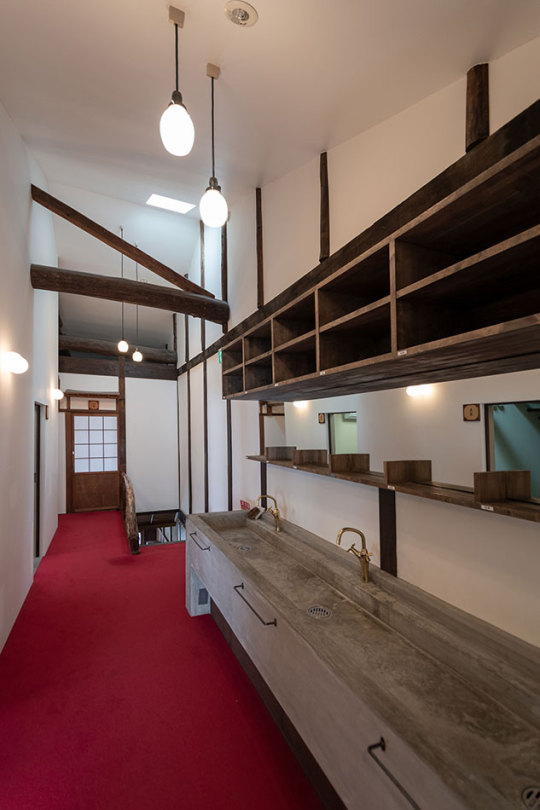
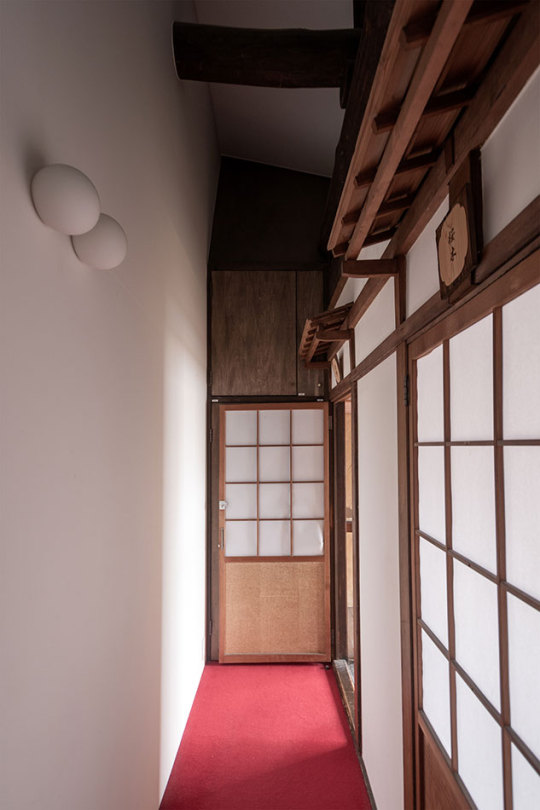










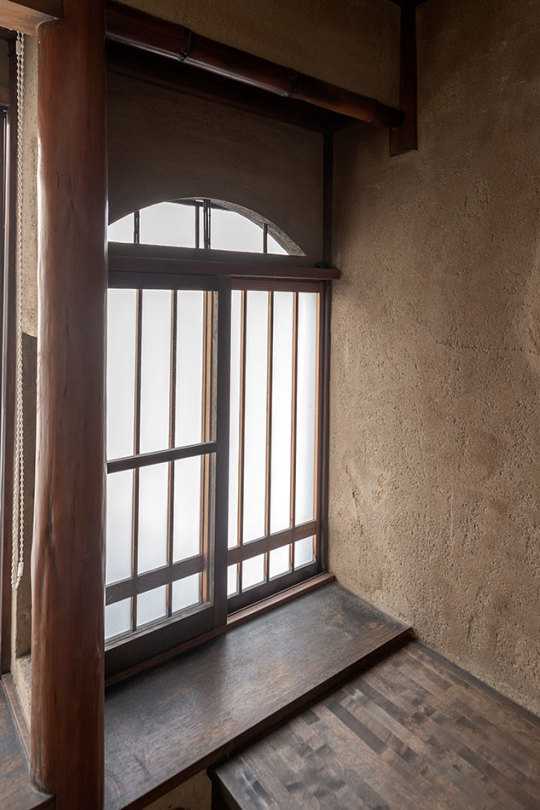
Inside a former Shimabara teahouse
Despite the renovations, you can still get a sense of how a small teahouse or inn might have looked like during the Edo period. The photos make good reference images for art if you ignore the modern additions.
Commonly known as "Shimabara", the official name of this area is "Nishishinyashiki". It is said that this name came from the upheaval of its relocation from Rokujo-Misujicho to the current location, which resembled the "Shimabara Rebellion" conflict caused by Shiro Amakusa in Kyushu.
Shimabara is said to be the first officially licensed Hanamachi in Japan, and its history goes back more than 400 years. Its most prosperous time was around the Genroku period about 330 years ago and was known as one of the most prestigious Hanamachis in Japan which produced many famous and talented geishas.
With Yoshino Tayu as one of those top geishas, in the last days of the Tokugawa shogunate, Takamori Saigo, one of the most influential samurais in Japanese history, and the members of Shinsengumi often visited the area. It was also one of the remarkable starting places of the Meiji Restoration. Today, buildings such as Shimabara-Ohmon Gate, Wachigaiya teahouse, and Sumiya Museum retain the remnants of those days when they were Hanamachi and are carefully preserved.
According to the house tax payment record, this building existed since at least 1917. Its unique appearance also tells us that it is not just an ordinary building.
Shimabara is now becoming a quiet residential area with many teahouses disappearing.
In order not to let the history of Shimabara fade away, we kept its original appearance as much as possible, renovated the building in December 2013, and brought it to life as a share house. Until then the house had been vacant for a long time, but before that, it was used as a restaurant serving chicken dishes. Going back further, it was a so-called teahouse.
A large entrance is carefully set up to welcome the honorable guests. Together with a courtyard where bright red Sasanqua flowers bloom, and the small hospitality rooms lined up on the 2F facing the street, this is a quaint Kyomachiya with invaluable reminiscent of the old days
The building was renovated into a share house by Hachise, leaving the remnants of the time when it was a teahouse. Since the building itself has very unique features, rather than over-decorate it, we reused the columns and beams, fittings, and other usable materials at the time of construction.
The name of each room is derived from the famous "Tayu" who were active in Shimabara.
Virtual tour: https://nodalview.com/s/2OOlbWV2XFv9AOdKnn_xxL

Many roads in the Shimabara area are paved with cobblestone. It is an area that still protects the cityscape with tradition and history.

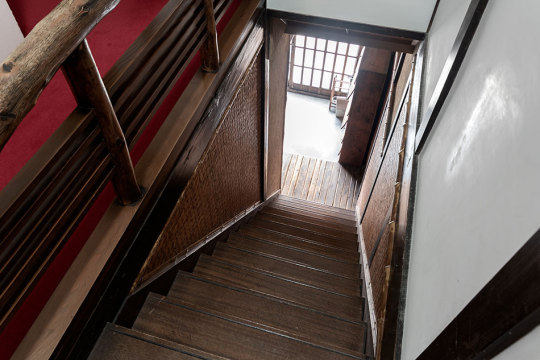
We reused the old stairs and handrails left from the past. A characteristic handrail made with a bent log.


The Japanese-style room on the entrance side of the 2F is like a secret small room. The shade of light reflected on the tatami mats changes its overall atmosphere over time.

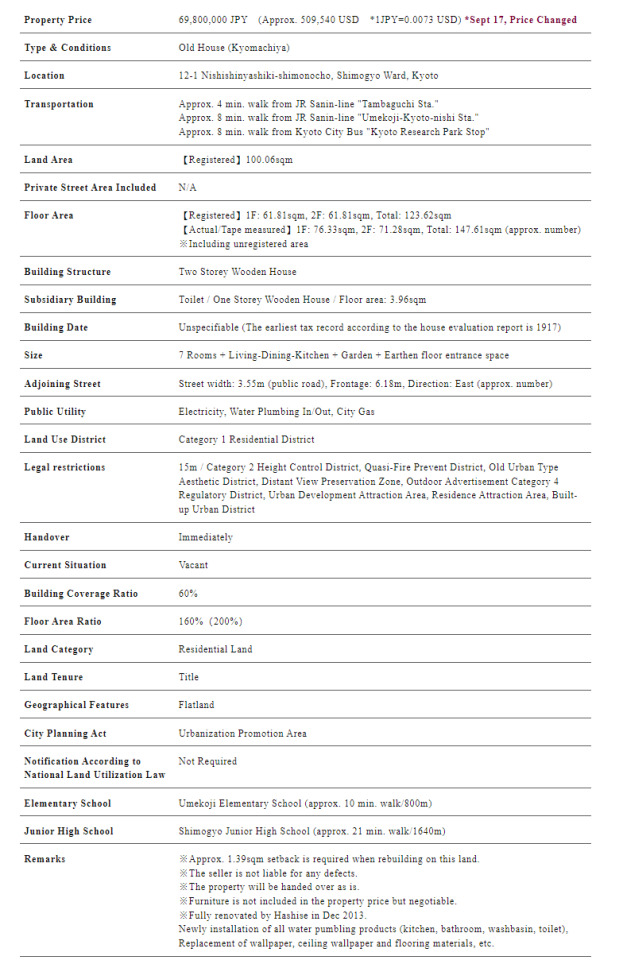
21 notes
·
View notes